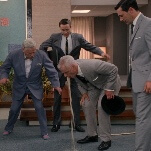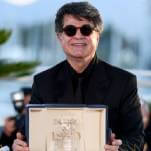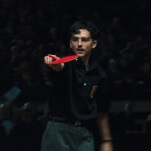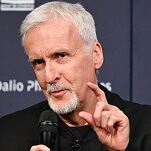FX's soccer docuseries Necaxa has a bit of an identity crisis
Eva Longoria hopes to help a floundering Mexican team recapture its former glory.
Photo: FX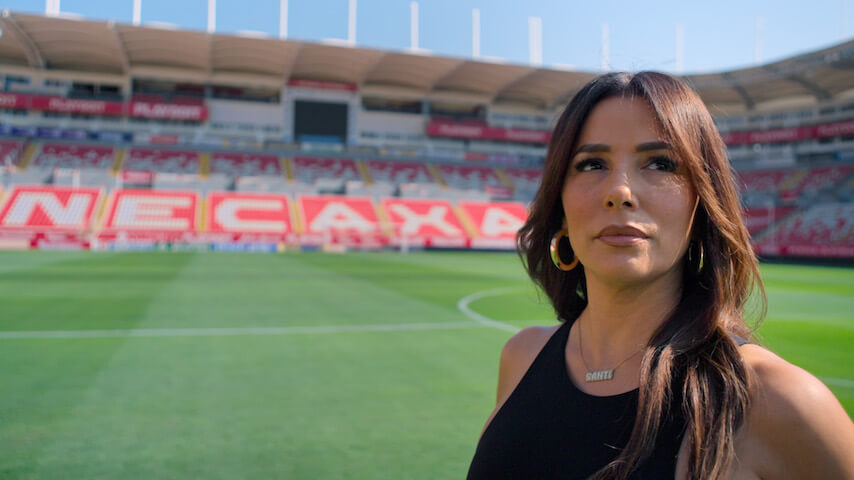
The expression “ni de aquí, ni de allá” (“neither from here nor from there” in English) has long been used by the U.S. Latino community to capture the very specific sense of displacement both here (in the States) and abroad (in the countries their families are originally from). Belonging is hard to come by when your identity is cleaved in half, stuck being pulled in what can often feel like opposite directions. Eva Longoria breaks that feeling down for her audience in an early episode of Necaxa, a sports docuseries where we follow her as she acquires a stake in a floundering Mexican soccer team in hopes of helping it rekindle its past glory. Despite living and raising her family in Mexico, she’s aware of the optics of a “gringa” who’s quite self-conscious of her Spanish trying to take on the mantle of Mexican soccer-club owner—especially of a team with as storied a history as Necaxa. And so, from the start, this latest FX show (a sibling of sorts to Ryan Reynolds and Rob Mac’s similarly-themed Welcome To Wrexham) operates from a defensive posture about its very premise.
Split between wanting to talk to an American audience and celebrate Necaxa’s own Mexican legacy, and often twisting itself so as to accomplish both, Necaxa ends up feeling like it has no clear sense of belonging, nor a sense of what it wants to be. An early clue to such an identity crisis comes in the show’s opening moments. Longoria, a charming and candid a narrator and central figure, opens the show with a tale about her father. “I want to tell you a story about a Texan,” she says (in Spanish). She describes her dad as a rancher, a mechanic, a hunter, and, most crucially, a diehard fan of the Dallas Cowboys. Yes, a docuseries about a Mexican soccer teams opens with an anecdote about American football. This makes sense narratively. Longoria presumes folks watching are more likely to know about that Texan team than Necaxa. And they may also understand more about sports fandom when it’s framed through such a relatable family anecdote about going to games in Texas—because, let’s face it, even as soccer’s cultural imprint in the U.S. has been growing steadily, it is still very much dwarfed by that of American football on everyday Americans.
But such a juxtaposition (and Longoria will go on to make similar comparisons throughout the series) nevertheless feels like it ends up limiting how Necaxa defines its own viewers. Namely, they’re soccer newbies who need both American football references on the one hand to navigate this worldwide sport phenom and the presence of celebrities on the other to make the project legible. So, especially in that opening episode, Necaxa can get bogged down with lengthy expository dialogue that comes off as both dry and didactic—and closer, in fact, to the world of infomercials and promotional materials than a show of this caliber has any right to be. It’s telling that the most visible Necaxa figure we meet in the premiere is not the coach nor any of the players but Diego González, the team’s head of press.
That also underlines how much of a branding experiment Necaxa really is. Yes, this is a soccer club whose days at the top have been eclipsed by a recent streak of losses (and a move from Mexico City to the much smaller city of Aguascalientes), an underdog in desperate need of a comeback. It’s the case of a team requiring an overhaul—on the field and off.






















